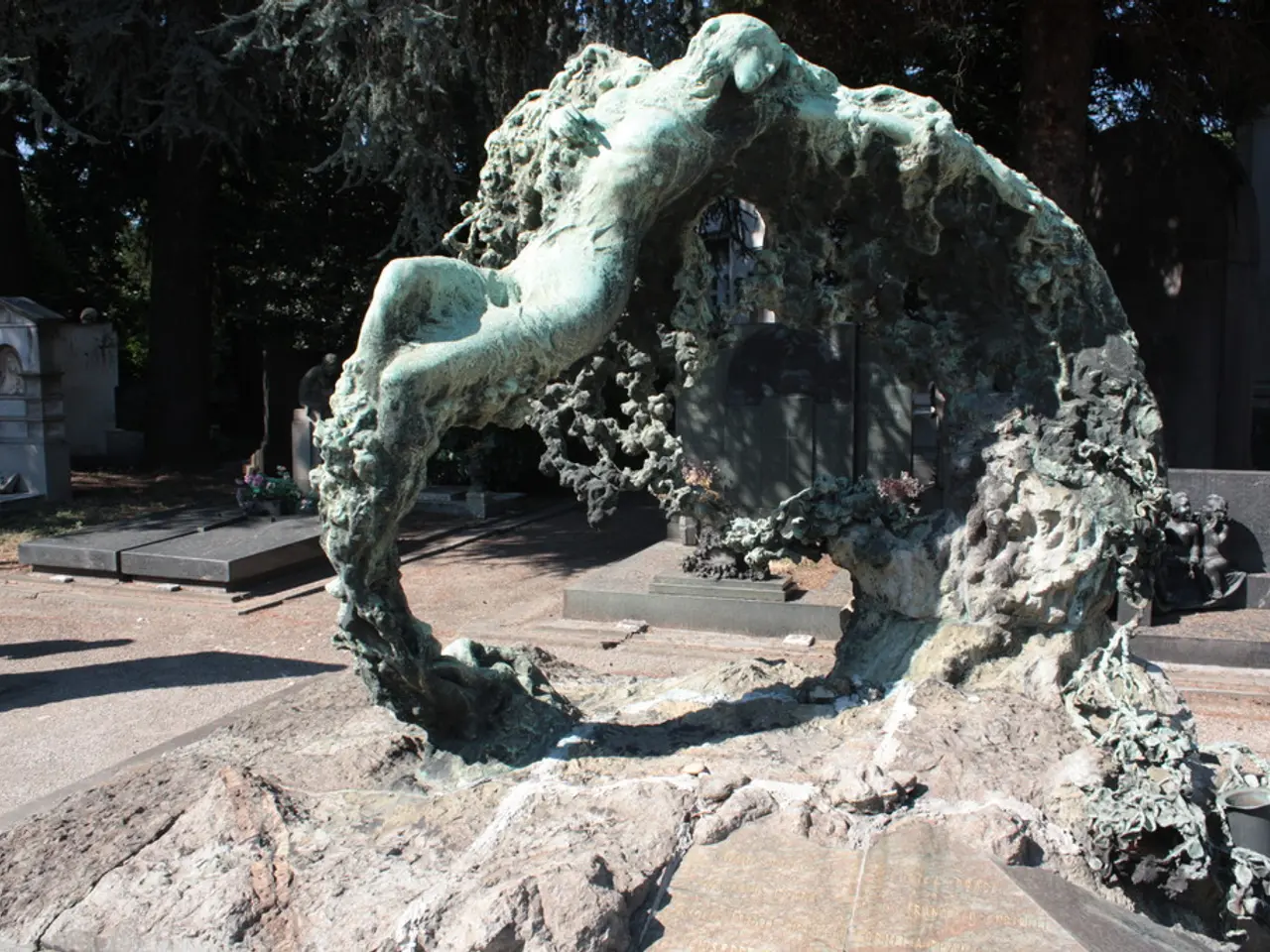Historic Leipzig Cemetery, Johannisfriedhof, Celebrates Three Decades of Preservation + Video
The Old Johannisfriedhof in Leipzig, Germany, is a significant historical site that offers a glimpse into the city's cultural and social history. Established in the 13th century, it served as one of Leipzig's main burial grounds and is the final resting place of many notable local figures, including intellectuals, artists, and prominent citizens.
Originally, Leipzig residents were buried in cemeteries directly at or in their churches. However, the Old Johannisfriedhof was founded as a burial place for those who died in the Johannishospital, and it became the only official burial site in the city when Duke George ordered that no one was to be buried in the city from 1536 onwards. The cemetery, which had five sections that stretched to the current Gutenbergplatz, grew over time and became a cultural monument, often included in historical walking tours due to its notable tombstones and memorials of the city's past.
Notable figures buried in the Old Johannisfriedhof include Johann Sebastian Bach and Anna Magdalena Bach, whose remains were later moved to the Thomaskirche in 1894. Other notable figures include Adam Friedrich Oeser, Timotheus Ritzsch, Wilhelmine von Zenge, and Anna Katharina Kanne (Käthchen Schönkopf).
The New Johannisfriedhof came into use before the opening of the South Cemetery. It served as the burial place for many famous and lesser-known Leipzig residents, but it was neglected and had to be closed to the public due to advancing decay in 1981. The New Johannisfriedhof had graves cut off when Prager Straße and Taubenweg were widened, and some of its gravestones are no longer in their original locations.
Despite its history of vandalism and indifference, the New Johannisfriedhof still has approximately 400 visible gravestones, along with 58 of the original 120 gravestones in a lapidarium. The city began taking the preservation of these remaining gravestones seriously 30 years ago.
The New Johannisfriedhof, although neglected, still holds a quiet and contemplative atmosphere. It is an astonishingly quiet place, almost at the heart of today's city, a place to go when one wants to be alone with their thoughts. Leipzig has several quiet places, and the Old and New Johannisfriedhofs are among them.
For more precise and deep historical significance, including notable individuals buried there and the cemeteries’ evolution over time, further specialized sources on Leipzig's history or city guides focusing on historical cemeteries would be helpful. The Old Johannisfriedhof, with its rich history and cultural significance, is a testament to Leipzig's historical development and is an essential part of the city's overall rich historical fabric, alongside other significant sites like Thomaskirche (St. Thomas Church), which is famed for its musical heritage tied to Johann Sebastian Bach.
Read also:
- Life Expectancy with Interstitial Cystitis: Exploration of Research, Treatment Methods, and Additional Information
- Tranquil Journey Trend: A Captivating Connection with Nature Encouraging Mental Health Improvements
- Taylor Swift-Inspired Gingerbread House Modeled after the "Folklore" Album's Cabin Design
- Struggling eateries in Karlsruhe face intensified gastronomic crisis, leaving dining establishments vacant




